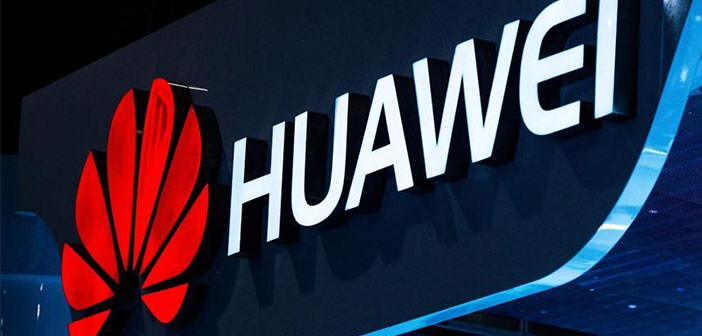Kirin 985 announced: Here are all the details of Huawei’s new 7nm SoC
Huawei has announced a new processor for smartphones, a sort of slightly weakened Kirin 990. Here are the details of the new SoC.
Huawei has announced a new chipset from the proprietary HiSilicon Kirin family: Kirin 985; this is the newcomer, supports 5G connectivity, and is a third of the company to boast compatibility with the latest generation of mobile networks. In addition to the new 985 also Kirin 990 and the Kirin 820 midrange can connect to 5G networks. Kirin 985 is a high-end processor like the ” 990 ” but is positioned just below the latter in terms of performance.
The new SoC is printed by TSMC with a 7-nm production process and implements a 5G single-chip solution without a plug-in, backward compatible with the 2G, 3G, and 4G standards. As for the connection to 5G networks, this can take place both in Stand Alone (SA) and Non-Stand Alone (NSA) mode, with the chip that has been optimized for high-speed connections. For example, at a speed of 90 km/h, the downlink speed and the uplink speed can still reach remarkable values such as 589 Mbps and 63 Mbps, respectively.
Huawei stated, during the presentation, that the new Kirin 985 is optimized to consume as little as possible even if subjected to heavy workloads under 5G networks: according to the company with this type of use the chip consumes about 504mA, while it stops less than 300mA with light 5G load. In terms of architecture, Kirin 985 integrates an Octa-core CPU, consisting of a single ” big ” large, three ” mid ” cores and four ” little ” cores.
Although Huawei has not announced the core details, it appears that Kirin 985 includes a 2.58GHz Cortex-A76 core, three 2.4GHz Cortex-A76 cores, and four Cortex-A55 cores with a frequency of 1.84GHz.
The integrated GPU is an eight-core Mali-G77, and there is also a dual-core NPU for artificial intelligence calculations. ISP 5.0 for image processing should be what we have already had the opportunity to try with the Kirin 990 processor.
The processor is designed to better support 5G not only in terms of performance but also in terms of security and latency. The processor was announced together with the new Honor 30 devices and is implemented on the Honor 30 Standard Edition variant. The two Pro and Pro+ models, on the other hand, adopt the more powerful Kirin 990 processor.

